The affluent Gangnam district of Seoul serves as a captivating window into the complex socioeconomic realities of modern South Korea. Here, the country’s economic prowess is on full display, fueling youth aspirations and shaping societal norms. However, this glittering facade conceals a darker undercurrent, as the intense pressures of educational excellence, beauty standards, and materialistic pursuits exact a heavy toll on mental health and family dynamics. Delving deeper into Gangnam’s contrasts reveals a nuanced portrait of a nation grappling with the implications of its remarkable transformation.
Key Points
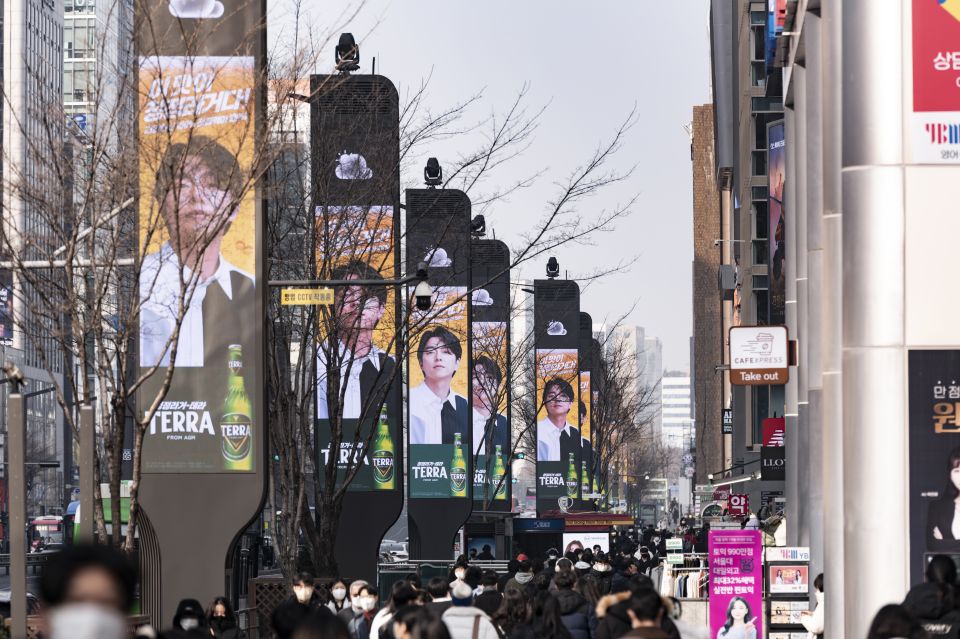
-
Gangnam, a symbol of South Korea’s economic prosperity, showcases the aspirations and materialism of the country’s youth, fueled by the Hallyu wave and emphasis on social mobility.
-
The intense academic pressure and competition for top universities in South Korea take a toll on the mental health and family dynamics of students and parents.
-
The normalization of cosmetic procedures and beauty standards, influenced by the prominence of K-pop idols, has led to a booming plastic surgery industry and impact on self-esteem.
-
Luxury brands and advertisements in Gangnam serve as a means of self-expression and signifiers of social status for the younger generation, reflecting the competitive nature of Korean society.
-
South Korea’s high suicide rates and low birth rates are linked to the intense academic and career pressure, financial burden, and limited government support for work-life balance and affordable childcare.
Economic Achievements and Pop Culture
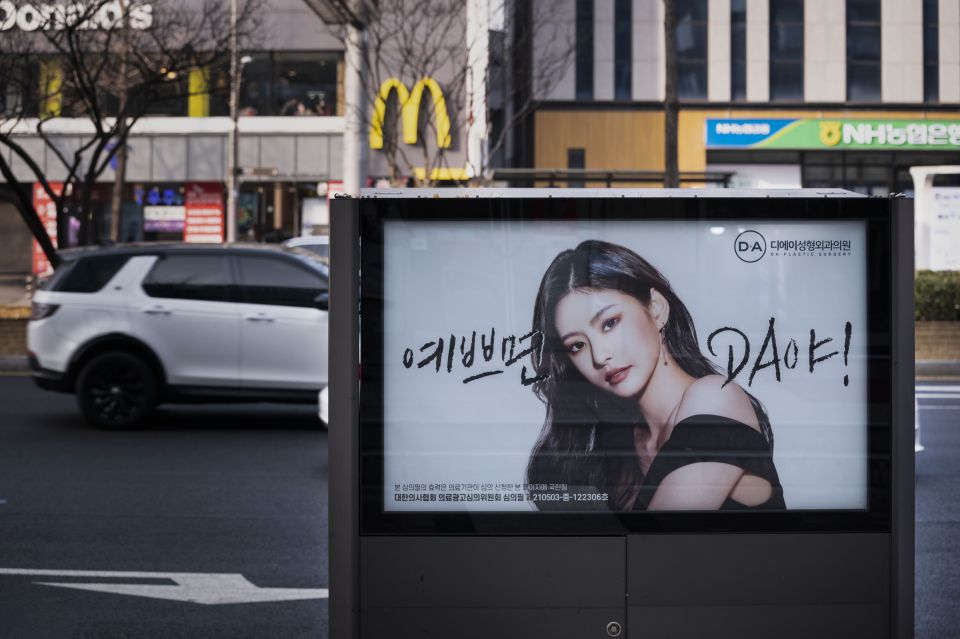
South Korea’s remarkable economic growth and the global popularity of its pop culture have significantly impacted the country’s younger generation.
The tour explores how Korea’s rise as an economic powerhouse and the worldwide success of K-pop have shaped the aspirations and attitudes of the youth.
Participants will gain insights into the intense pressure on students to excel academically, driven by the country’s emphasis on education and social mobility.
The tour also examines how the Hallyu wave, or the global popularity of Korean entertainment, has influenced fashion, beauty standards, and the pursuit of fame among the younger population.
Through this lens, the tour provides a nuanced understanding of the complex interplay between Korea’s economic achievements and its evolving social and cultural landscape.
You can also read our reviews of more tours and experiences in Seoul.
Educational Pressure on Parents and Children
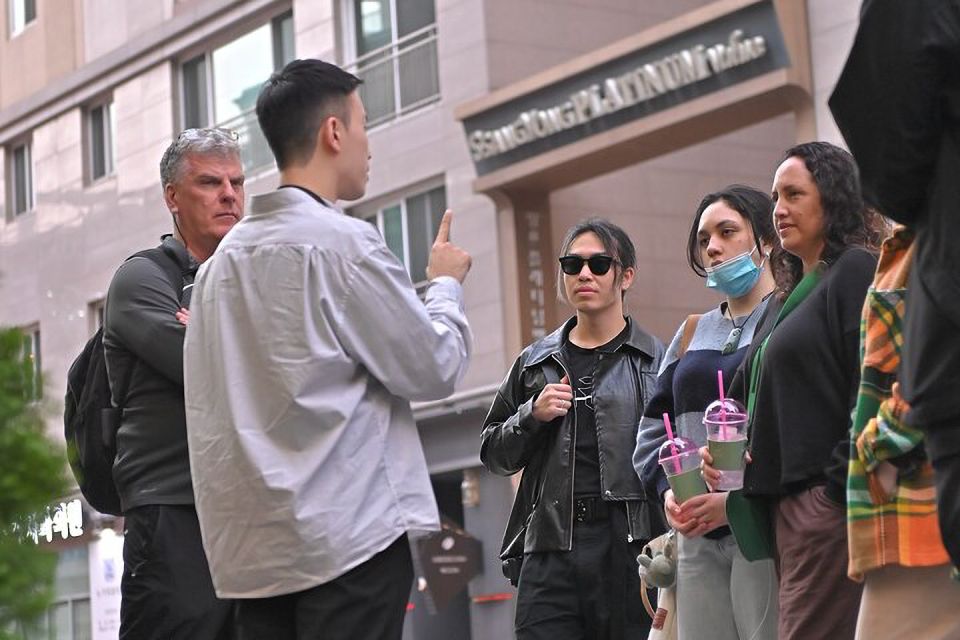
The tour examines how the intense emphasis on education in Korean society places immense pressure on both parents and their children to excel academically, often at the expense of work-life balance and personal well-being.
Children are expected to spend countless hours studying, attending private tutoring sessions, and achieving top grades, while parents invest significant time and resources to ensure their children’s academic success. This academic pressure has contributed to high rates of stress, anxiety, and even suicide among Korean youth.
The tour highlights four key ways this pressure manifests:
- The prevalence of after-school academies and private tutoring
- The intense competition to gain admission to top-ranked universities
- The social stigma attached to academic underperformance
- The toll on mental health and family dynamics
Obsession With Beauty and Plastic Surgery
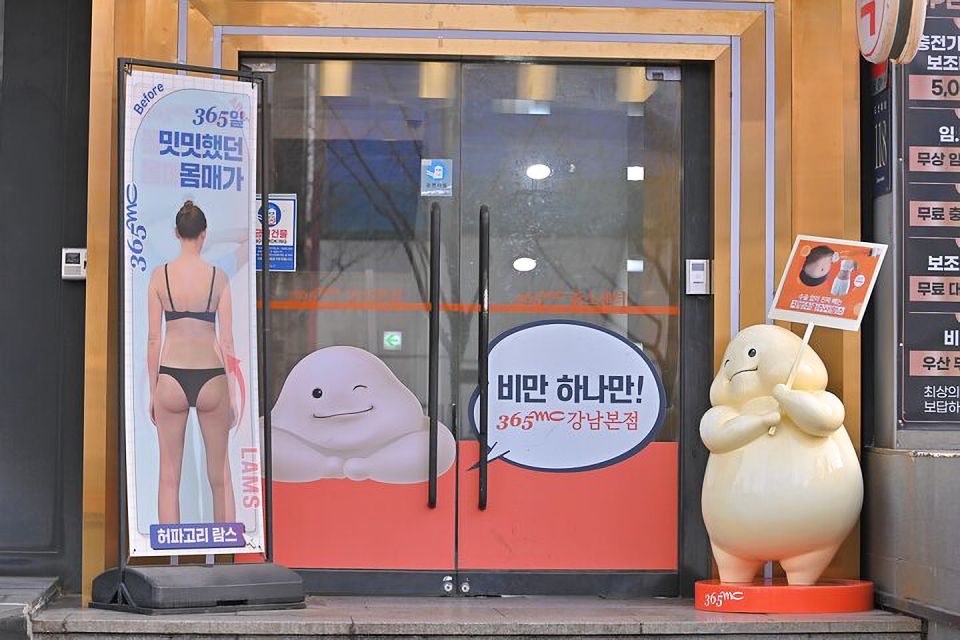
Along With the intense educational pressures, the tour also examines Korea’s widespread obsession with beauty and the booming plastic surgery industry.
Across Gangnam, visitors can’t help but notice the endless advertisements promoting the latest cosmetic procedures, beauty products, and idealized body standards. Plastic surgery has become a normalized and even expected part of Korean culture, with some estimates suggesting that over 1 in 5 women in Seoul have undergone procedures.
This pursuit of physical perfection is fueled by societal beauty norms, a competitive job market, and the prominence of K-pop stars as cultural role models. The tour delves into the darker side of this phenomenon, exploring its impact on mental health and self-esteem, particularly among the younger generation.
Luxury Brands and Advertisements in Gangnam
Across Gangnam’s bustling streets, luxury brand advertisements and storefronts dominate the landscape, reflecting the neighborhood’s reputation for affluence and consumerism. From Chanel and Gucci to Louis Vuitton and Hermès, the signage and window displays are a testament to the high-end shopping experience that draws both locals and travelers.
The obsession with luxury goods in Gangnam is multifaceted:
-
It serves as a symbol of social status and success.
-
The prevalence of plastic surgery and beauty standards fuels the desire for luxury fashion.
-
The younger generation views these brands as a means of self-expression and identity.
-
The competitive nature of Korean society drives the pursuit of material wealth and conspicuous consumption.
Darker Aspects of Living in South Korea
Beneath the glitz and glamour of Gangnam’s affluent facade, South Korea grapples with a myriad of societal challenges that cast a somber shadow on its rapid economic progress. The country’s high suicide rates, low birth rates, and intense beauty standards reveal a darker side to the pursuit of material success and social status.
| Statistic | Value |
|---|---|
| Suicide Rate | 24.6 per 100,000 |
| Plastic Surgery Procedures | 1 million per year |
| Depression Prevalence | 4.8% of population |
| Youth Unemployment | 9.8% |
| Work Hours per Week | 44.6 hours |
These issues highlight the immense pressure placed on South Koreans, especially the younger generation, to conform to societal expectations, often at the cost of their mental and physical well-being.
High Suicide Rates and Low Birth Rate
South Korea’s high suicide rate and declining birth rate have become pressing social issues, reflecting the immense pressures and psychological toll faced by its citizens.
The reasons behind these alarming trends are multifaceted:
- Intense academic and career pressure, especially on the younger generation, leading to mental health struggles and burnout.
- The financial burden and social stigma associated with marriage and parenthood, deterring many from starting families.
- The growth of individualistic values and the delay of major life milestones like marriage and childbearing.
- Limited government support and policies to address work-life balance and provide affordable childcare.
These challenges underscore the need for comprehensive solutions to support the well-being and family planning choices of the Korean population.
Portable Fans and Hot Packs in Tour
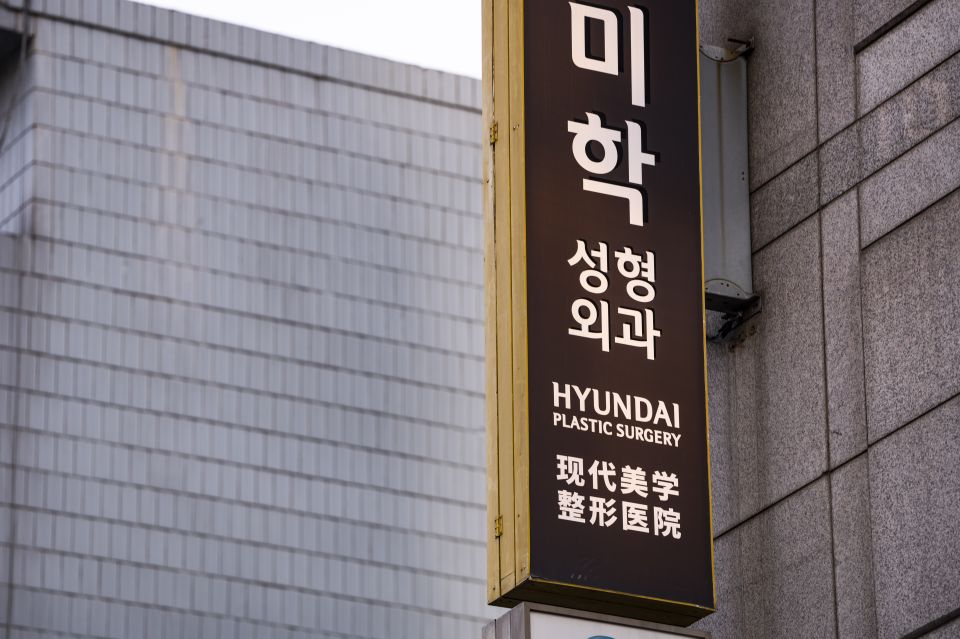
The tour’s thoughtful provision of portable fans or hot packs helps participants withstand the weather’s extremes, ensuring a comfortable experience as they explore Gangnam’s affluence and cultural insights.
During Seoul’s hot, humid summers, the battery-powered fans offer a refreshing respite, keeping visitors cool and focused on the guide’s explanations.
Conversely, the winter’s biting cold is counteracted by the distribution of portable heat packs, which attendees can tuck into their pockets or gloves.
This attention to attendee comfort allows the tour to proceed uninterrupted, enabling participants to fully enjoy the exploration of Gangnam’s distinct societal dynamics and the broader trends shaping contemporary South Korean youth and culture.
Optional Korean Food Session
Following the tour’s exploration of Gangnam’s affluence and societal trends, participants have the option to engage in a Korean food session.
This immersive culinary experience allows attendees to delve deeper into the country’s rich gastronomic traditions, complementing the tour’s broader insights into contemporary South Korean culture.
The food session typically features:
-
A selection of traditional Korean dishes, such as bibimbap, bulgogi, and kimchi
-
An explanation of the cultural significance and preparation methods of each dish
-
Guidance from a local chef or food expert on proper etiquette and dining customs
-
The opportunity to savor the flavors and aromas that are integral to Korean cuisine.
Frequently Asked Questions
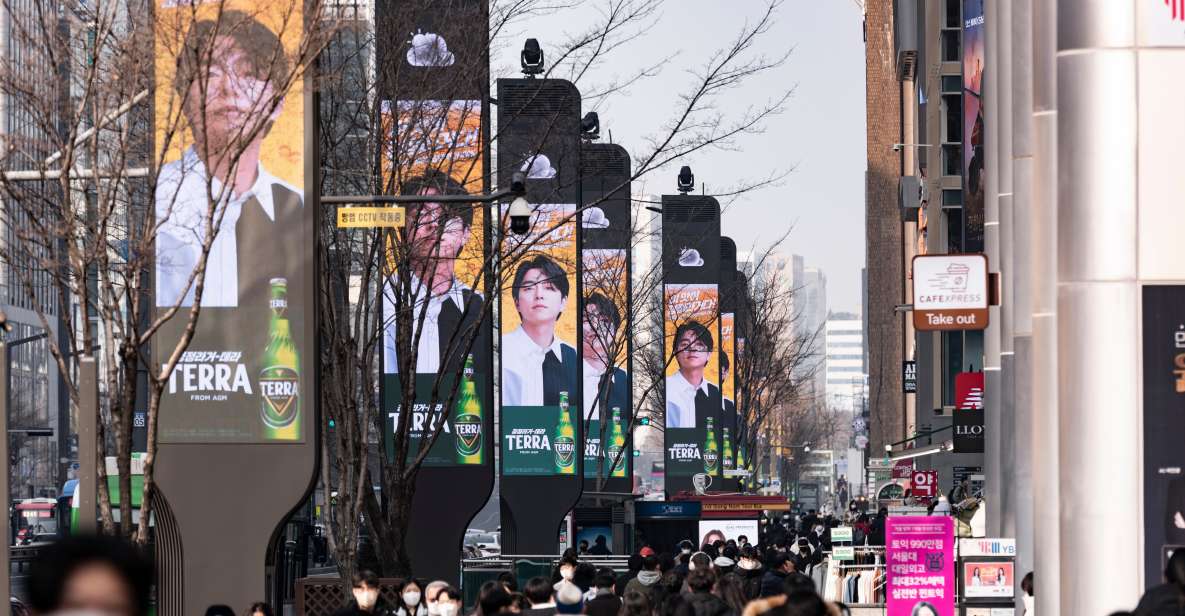
Can I Bring My Own Food and Drinks on the Tour?
According to the tour overview, participants can bring their own food and drinks. The tour includes a transportation fee, but does not mention any restrictions on outside food and beverages.
Do You Provide Any Special Accommodations for Disabled Participants?
The tour does not offer special accommodations for disabled participants. It’s recommended that those with mobility issues avoid this tour as it involves extensive walking. Alternatives are available for those who need accessibility assistance.
What Is the Cancellation and Refund Policy for the Tour?
The tour offers a flexible cancellation policy. Participants can receive a full refund if they cancel at least 24 hours in advance. Refunds are not available for no-shows or last-minute cancellations.
Is the Tour Guide Fluent in English or Other Languages?
The tour guide is fluent in English and can provide detailed explanations throughout the 2.5-hour walking tour. Additional language support may be available, so participants should inquire about their needs when booking the tour.
How Many Participants Are Typically in Each Tour Group?
The tour group size typically ranges from 8 to 15 participants. This allows the local historian guide to provide personalized attention and facilitate engaging discussions during the 2.5-hour walking tour of the Gangnam neighborhood.
Recap
The Gangnam district reflects both the economic progress and societal pressures in modern South Korea.
While educational excellence is highly valued, the intense competition and focus on image have taken a toll on the mental health and family dynamics of young Koreans.
This is juxtaposed against the country’s darker realities, including high suicide rates and low birth rates, underscoring the complex challenges faced by its youth.
You can check availability for your dates here:More Tours in Seoul
- Seoul: Bongeunsa Temple and Gourmet Night Tour in Gangnam
- From Seoul: South Korea Demilitarized Zone Guided Tour
- Seoul: DMZ Tour with Exclusive North Korean Defector Meet-Up
- Seoul: Private Car Charter Tour with Professional Guide
- Seoul: Private chartered vehicle Carnival van City Tour
- Bukhansan Mt. hiking & culture tour – 8 hours
More Tour Reviews in Seoul
- Seoul: Bongeunsa Temple and Gourmet Night Tour in Gangnam
- Seoul Photoshoot by Fashion Photographer
- From Seoul: South Korea Demilitarized Zone Guided Tour
- Seoul: DMZ Tour with Exclusive North Korean Defector Meet-Up
- Seoul: Private Car Charter Tour with Professional Guide
- Seoul: Private chartered vehicle Carnival van City Tour
Not for you? Here's more nearby things to do in Seoul we have reviewed
- Seoul: Bongeunsa Temple and Gourmet Night Tour in Gangnam
- Seoul Photoshoot by Fashion Photographer
- From Seoul: South Korea Demilitarized Zone Guided Tour
- Seoul: DMZ Tour with Exclusive North Korean Defector Meet-Up
- Seoul: Private Car Charter Tour with Professional Guide
- Seoul: Private chartered vehicle Carnival van City Tour
- Bukhansan Mt. hiking & culture tour – 8 hours
- Seoul: Create Your Own Natural Perfume with a Perfumer
- Seoul: Private chartered vehicle Carnival van City Tour
- Seoul: chartered vehicle Toyota Sienna van City Tour
- Seoul : One day Customizable Private Driver Car Tour /JP
- Seoul: DMZ Peace Trail, Barracks, Aegibong & War Museum Tour
